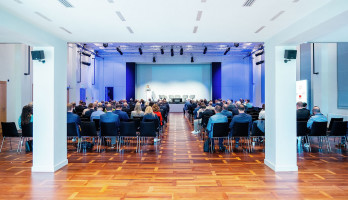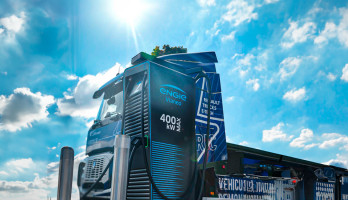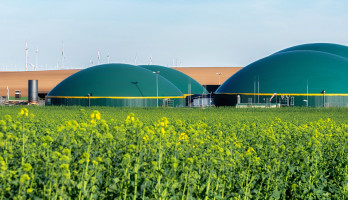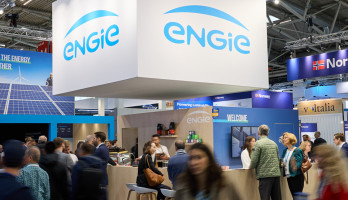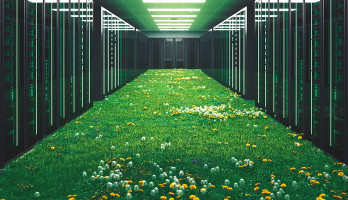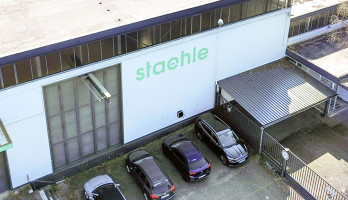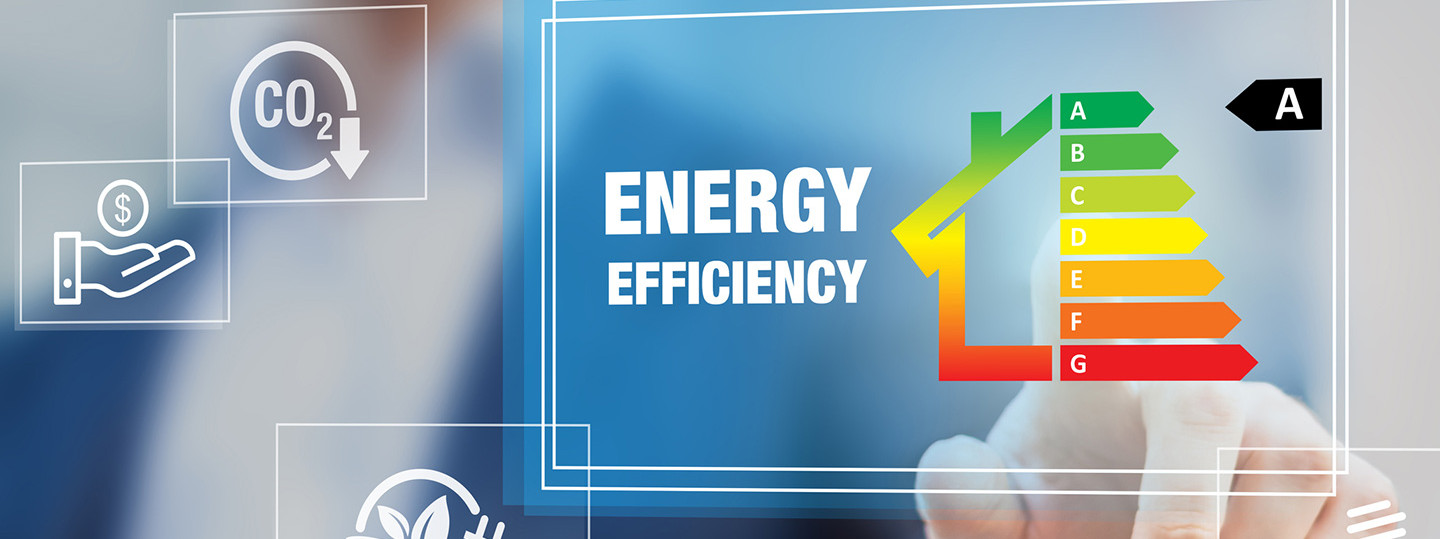
Increase energy efficiency through virtual energy efficiency analysis for buildings
Around 40 percent of final energy consumption in Germany and about 20 percent of CO2 emissions are generated in the building segment. Increasing the energy efficiency of buildings is therefore regarded as an important instrument for achieving the set climate protection targets. According to the Federal Government's Climate Protection Plan 2050, primary energy consumption in the building segment is expected to fall by 80 percent over the next 30 years compared to 2008.
An ambitious but not impossible endeavor: In fact, there is tremendous potential for efficiency gains in this area. Around three quarters of Germany's buildings were built before 1990 and need energetic renovation. A virtual energy audit provides a sound basis for future measures. The insightful Quick-Check for buildings creates transparency in energy consumption, shows the available savings potential and gives recommendations for an improved energy balance.
Energy audit: Uncover potential savings and reduce operating costs
A classic energy audit is a systematic method for determining the existing energy consumption profile of a company or building. Measures to increase energy efficiency and reduce operating costs are then derived from the consumption data obtained. In this context, a qualified energy auditor carries out measurements on site, identifies weaknesses and identifies potential improvements. With regard to the Energy Services Act, a regular energy audit for larger companies has been mandatory since 2015 and is subject to random checks by the Federal Office of Economic Affairs and Export Control.
Virtual Energy Efficiency Analysis – small effort, big savings
Virtual energy efficiency analysis enables simple, fast and meaningful inventory and energy assessment of buildings. To create a comprehensive 365-day analysis, only the following information is required:
- the counter data over one year
- the address
- the type of building (e.g. hotel, office or hospital)
- the building space
As part of the virtual energy efficiency analysis, ENGIE Deutschland uses patented software that creates a precise report on the current state of a property from the data obtained. By comparing the current energy consumption with an efficient version of the same building, the software also determines the specific savings potential for energy, operating costs and CO2. However, the virtual check-up for buildings does not replace the classic energy audit as defined in the Energy Services Act.
What are the requirements for buildings to perform a virtual energy efficiency analysis?
For the cost-effective Quick Check, a wide range of building types can be considered, which should meet the following requirements:
- load ratio measurement
- extensive building and air conditioning technology
- relatively homogeneous use
- no production
What are the advantages of virtual check?
How much energy is required to operate a building? What is the energy requirement on weekends and holidays? How much does energy consumption vary during the day, weeks and year? Where is the energy consumed in the building? What are the biggest energy eaters and where can simple measures be taken to remedy them? A virtual energy audit provides the right answers to all these questions. This is what the virtual check brings in detail:
- fast and cost-effective method to reduce ancillary costs and greenhouse emissions
- clear and meaningful results by evaluating data for a whole year (e.g. impact of seasonal effects)
- detailed breakdown of energy consumption, highlighting the biggest energy guzzlers
- identify expensive power peaks and unnecessary energy consumption
- clarify the effects of expensive convenience settings
- calculating the savings potential using an efficient building twin
Specific recommendations for action to improve energy efficiency
From the analysis of the annual consumption data, specific recommendations for action can be derived, with which the energy efficiency of the building can be significantly increased. In addition, it provides guidance for improving the building control systems and the technical equipment as well as for implementing individual measures. This not only makes it possible to address deficiencies and weaknesses in a targeted manner – a virtual energy efficiency analysis makes users equally aware of the topic of sustainability and raises awareness for the responsible use of energy.
Conclusion: pioneer for the property of the future
The energy supply in the building sector causes high costs and contributes significantly to the emission of greenhouse gases. On the way to sustainable facility management, a virtual energy efficiency analysis offers a quick and cost-effective start, creates transparency in the building and outlines ways to make a property fit for the future.
Our Expert

